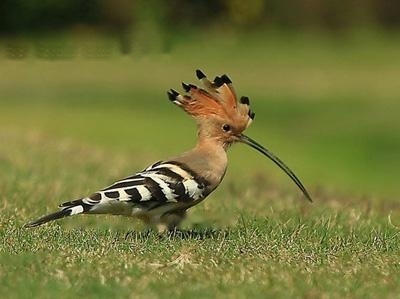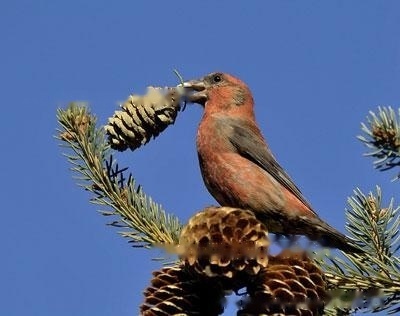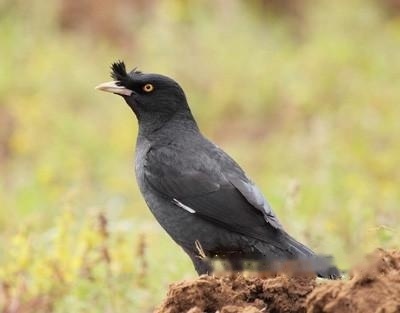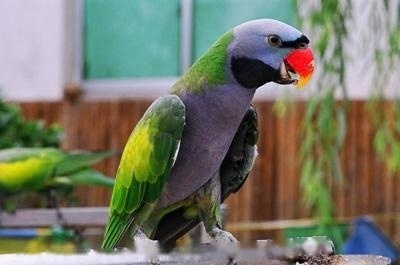Appearance
Acacia is small in body, 105-180 mm in length; the beak is thick and strong, about half the length of the head; the nostrils are bare. The sexes are generally similar. It is a typical species of the Orient and is distributed from India to the east to Vietnam and Indonesia. China is distributed south of the Qinling Mountains. Lively, with gorgeous feathers and melodious singing, it is a precious caged bird. It is omnivorous and eats seeds and fruits in addition to insects such as ladybugs and weevil.
Classification
There are two types of acacias, the white-eared acacia and the red-billed acacia. The white-eared Acacia has a black head, silver-gray ear feathers, a yellow bill, and the base and corners of the upper bill are brown. Often inhabits hills and plains at an altitude of 1000 meters, forming small groups of 8 to 10, and moving in shrubs, bamboo forests and evergreen broad-leaved forests. The beak is bright red; the upper body is dark gray-green from head to tail; the chin is yellow; the chest is orange-yellow; the abdomen is pale white; the tail coverts are pale yellow. The ecological habits are similar to those of the white fungus acacia.
Leiothrix argentauris (scientific name: Leiothrix argentauris),
also known as red-billed jade, colorful acacia, red-billed acacia, etc., one of two kinds of birds in the genus Leiothrix argentauris , is a migratory bird that migrates above sea level.
About 14 cm in length. The mouth is bright red; the upper body is olive green, the face is pale yellow; the two wings have obvious red-yellow wing spots, the chin, throat to chest are brilliant yellow or orange, and the abdomen is milky yellow. The red-billed acacia has gorgeous feathers, lively movements, graceful posture, and melodious singing, and is very popular among people. However, its song is monotonous compared with other songbirds of the thrush subfamily, and it is not easy to imitate, so bird breeders multiply its feather color.
The average weight of the red-billed acacia is about 21.4 grams , and the body length is about 15 cm; the back feathers are dark green, the head is slightly yellow, the chest is yellow, the wing feathers are brightly colored, and the tail has a small Fork; bisexual plumage similar.
It has yellow, grey, red and black markings. The average length is 15 cm, and the sound is short and pleasant. The red-billed acacia (L.lutea) has golden throat, orange or red breast, yellow wings and blue (male red) markings, blue tail, fork-shaped, outwardly curved; once introduced to Hawaii; acacia Also known as Chinese Nightingale or Beijing Nightingale. Distribution areas include: southeastern Tibet, Yunnan (western, southern, eastern), southwestern Guangxi, India, Sikkim, Nepal, Bangladesh, Thailand, Laos, Vietnam, and the western mountainous area of Sumatra in Indonesia.
The average body weight of the white fungus acacia is about 28.4 grams. Habitats include plantations, subtropical or tropical moist lowland forests, subtropical or tropical (lowland) moist sparse shrubs, subtropical or tropical high-altitude sparse shrubs, and subtropical or tropical moist montane forests.




